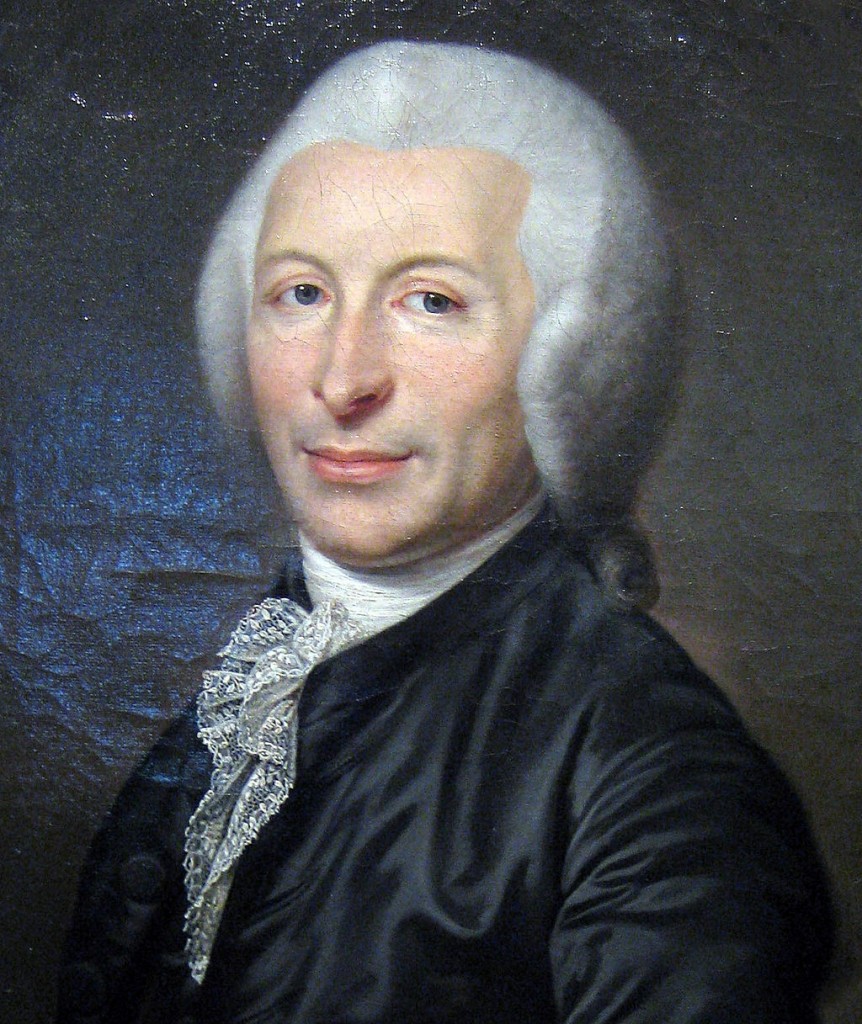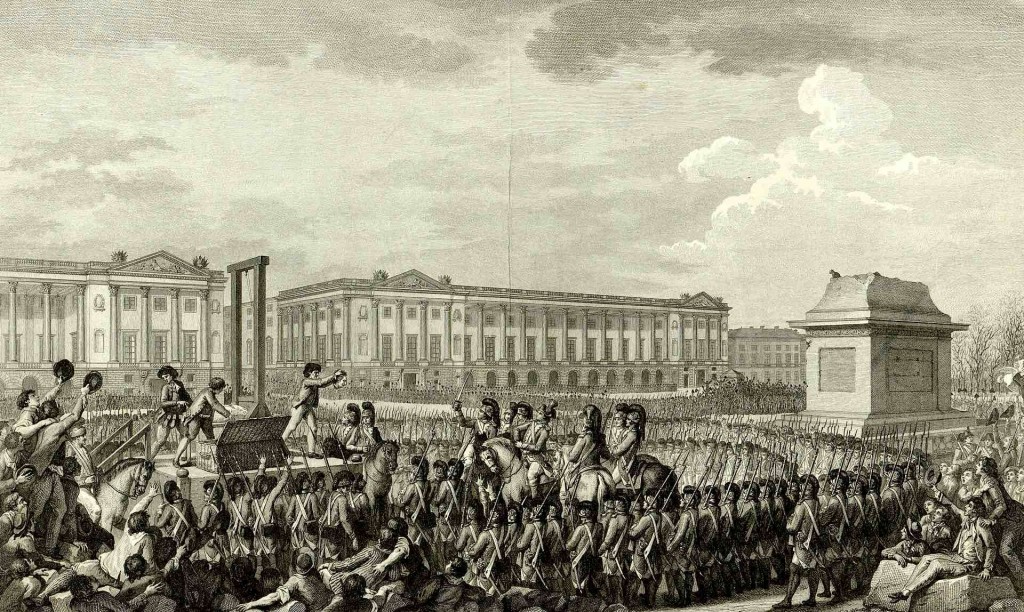The Guillotining of Democracy: Off with their heads!

Dr. Joseph-Ignace Guillotin ©Musée Carnavalet
There are few who would automatically link the brutality of decapitation (even when legally sanctioned) with an act of humanity, let alone equality. Yet when Dr. Joseph-Ignace Guillotin invented the guillotine (the ‘e’ on Guillotine was added by an unknown English poet who found it easier to rhythm with) with the help of the engineer and harpsichord maker Tobias Schmidt, humanity and equality was exactly what he had in mind, though equality was not his end goal. While he wanted poor and rich alike to have an equally ‘humane’ death, should they face that death penalty, his ultimate ambition was the abolition of the death penalty.
The guillotine to his mind was a staging post on the way to the universal repeal of the death sentence in France. He reasoned that if he could at least reduce the level of brutality people experienced and ensure equitable treatment in the first instance, it would count as a step in the right direction. Nicolas Jacques Pelletie was the first person to be publicly guillotined in France using this apparatus, in April 25, 1792. Hamida Djandoubi was the last to be executed in this way, in France, on September 10, 1977.
“The arc of the moral universe is long but it bends toward justice” according to Martin Luther King Jr.
Of course all societies define ‘justice’ in very relative terms, relative that is to the context, norms and mores of the time. In the 1700s, for example, the standard death sentence involved a prisoner’s limbs being tied to four oxen that were then driven in separate directions, so as to literally rip the body of the person apart. Such executions were public occasions, with all the frenzy and blood lust of an ancient carnival. The rich, however, were able to buy themselves out of such a painful, brutal and publicly humiliating death, opting for hanging instead.
After taking the Bastille the new Civilian Assembly rewrote the penal code, decreeing that “Every person condemned to the death penalty shall have his head severed.” And so Doctor Guillotin entered the history books among the great reformers of the world, and rich and poor prisoners alike were able to rest assured that if they were sentenced to death, the blade would be blind to class.

The execution of Louis XVI ©Bibliothèque nationale de France
What has Dr. Guillotin got to teach us today?
Ultimately, Doctor Guillotin wanted to radically reform the penal code by having the death penalty abolished. Yet, today he is remembered for helping to create a method of execution by beheading, which by current standards -in most countries-, would be considered inhumane.
Of course, he didn’t just help engineer an apparatus. He engineered the circumstances whereby the Citizen Assembly saw fit to introduce what they believed to be more humane punishments for prisoners generally up to and including the death penalty. To have achieved this in the eye of a revolutionary storm is not at all insignificant. Though in fact the revolution actually advanced his cause, it would have taken quite an amount of skilled negotiation and deliberation to get as far as he did. So, though the Guillotine fell far short of his reform aspirations, it was not an inconsequential achievement in its own right.
Still, I can’t help wondering whether this provides us a useful metaphor for reform attempts generally.
Reform efforts are rarely clear-cut (forgive the pun); they are shaped by the paths (often the path of least resistance) that they pursue, or more like are driven-down. And so on more than a few occasions we have seen efforts in health, social care, education and justice; attempts at reform that sought the equivalent of the abolition of the death penalty, but gave us the equivalent of the Guillotine. Often, though not always, the best that most of these reforms can achieve is to improve a little on what went before. In this instances having one’s head severed quickly is better by far than being slowly ripped apart limb by limb.
I believe the main lesson we can take from Doctor Guillotin is that our way of approaching reform is what needs reform. Clearly, the more relatively humane ways that a state justice system can deal with crimes that previously were punishable by public quartering, are simply enumerated: a) hanging b) guillotine and latterly c) electric chair d) lethal injection and, of course, e) life in prison.
So in a very real sense, if we frame the conversation around penal reform within the limits of questions like: “what would more human acts of punishment and retribution look like?”, instead of “how can we co-create a just society?”, we will simply end up with legislation that at best reads the public sentiment and then makes provision for a less brutal form of retribution. Public conversations about punishment are binary; they result in more or less punishment.
Radical reform does not deal with change in this manner. It gets to the root of the matter through processes of deliberative democracy, enabling people in the first instance to create a public narrative around justice, and then shaping our public systems to serve the values and mandates that emerge.
In stark contrast legislative frameworks that emerge without processes of participatory deliberation at local level, in spite of their reformer’s high ideals and aspirations, are doomed towards guillotine-like results. All the while entrapping a sophisticated citizenry in the chant: ‘off with their heads!’, and in so doing they also inadvertently rip out the very heart of our democracy.
Cormac Russell

Pingback: An ABC of ABCD | John Wade